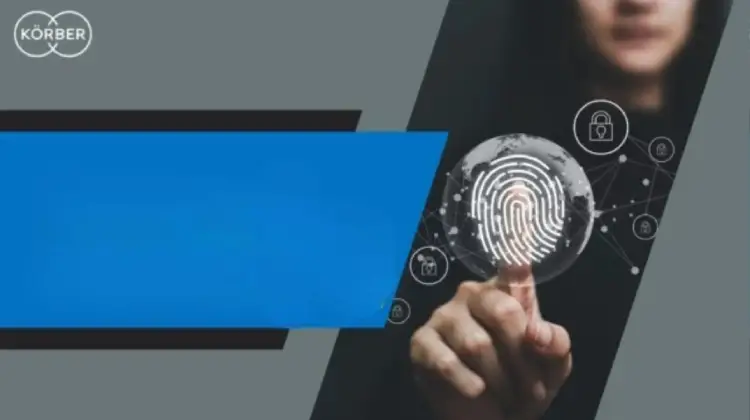A Step Towards Information Security with Korber’s AI Security Strategies- Extended Detection and Response
The complexity of technology only increases with each advancement. It opens the world to a plethora of opportunities and endless possibilities. As we advance and move towards a world where all technology runs on AI, we must acknowledge that AI can be a boon and a bane. The most significant risk we expose ourselves to is data and information security. Businesses, hence, must invest in the right cybersecurity frameworks to protect their most prized asset- data. In our previous blog, we took a deep dive in to the Zero Trust Architecture Framework adopted by Korber to enhance information security. This blog explores yet another innovative the security framework adopted by Korber- the Extended Detection and Response system.
What is Extended Detection and Response (XDR)?
Korber, in its Cyber Defense Centers (CDC), adopts Extended Detection and Response (XDR) solution. It is an advanced cybersecurity solution that consolidates and correlates data from diverse security elements such as endpoints, networks, servers, and email. This integration offers a comprehensive perspective on potential threats and enhances the efficiency of both detection and response processes.
Key Features of XDR:
Integrated Security:
XDR consolidates data from different security tools and platforms into a unified system to improve visibility and correlation.
Automated Threat Detection:
It utilizes sophisticated analytics and machine learning. The system is designed to identify and rank threats across various security levels.
Centralized Incident Response:
This platform offers a cohesive solution for overseeing and addressing security incidents, streamlining the process and timeframe required for response.
Threat Intelligence Integration:
XDR integrates external threat intelligence feeds to bolster detection capabilities and furnish comprehensive context for identified threats.
Advanced Analytics:
It leverages behavioral analysis, anomaly detection, and other advanced methodologies to detect sophisticated threats.
Endpoint and Network Coverage:
This cybersecurity solution monitors and safeguards endpoints, networks, servers, cloud environments, and other vital infrastructure components.
Benefits:
Improved Threat Detection:
Improved visibility and correlation across various security domains result in enhanced and prompt threat detection with greater accuracy.
Faster Response Times:
Streamlined and automated response procedures diminish the time and resources needed to handle security incidents.
Reduced Complexity:
Integrates diverse security tools, creates a unified system, and streamlines management and operational processes.
Comprehensive Visibility:
Offers a comprehensive assessment of the organization’s security status, aiding in the identification of deficiencies and opportunities for enhancement.
Enhanced Security Posture:
Continuous surveillance and sophisticated analytics enhance the overall security posture and ability to withstand cyber threats.
Scalability:
The security solution is designed to scale with the organization’s requirements, ensuring consistent protection across various environments. It expands seamlessly to accommodate new security components as they are added.
As we move towards AI-driven technologies, the value of security only increases. Korber’s adoption of the Zero Trust Architecture (ZTA) and Extended Detection and Response (XDR) showcase pivotal modern cybersecurity strategies, offering robust frameworks to protect against increasingly sophisticated threats. These technologies significantly improve threat detection, response times, and overall security posture, making them essential for organizations aiming to safeguard their digital assets in a complex threat landscape.
Reach out to marketing@tychons.com for implementation, upgrades, customizations, and enhancements for your new or existing WMS System!


